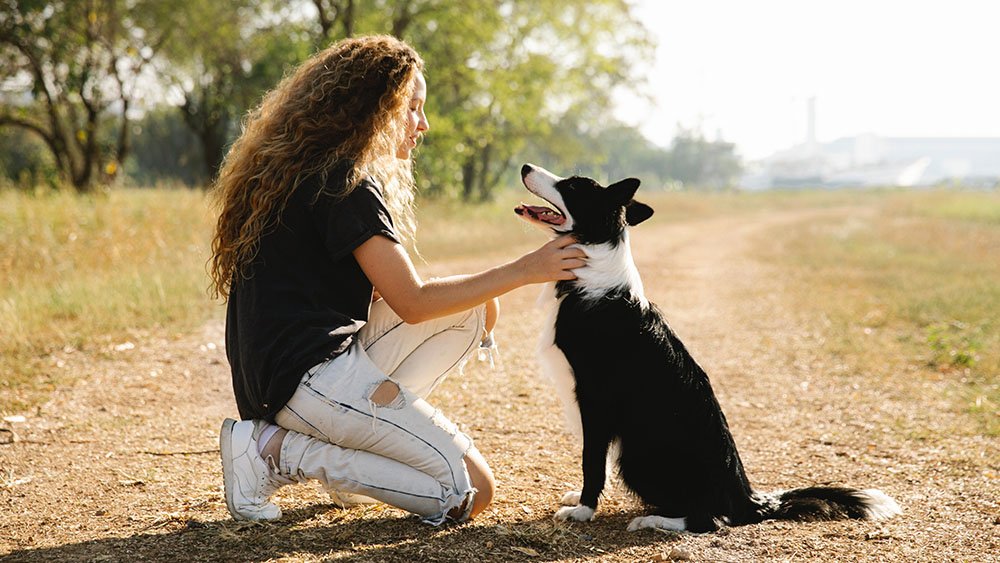Dog ticks are parasites that most dogs have to deal with at some point. Unfortunately, it’s one of the problems dog owners have to deal with frequently. Dog ticks are always around us, and if you have a pet dog, you have probably experienced them more than once. These tiny creatures threaten dog wellness and might inject your snuggle creature with irritating and dangerous ailments.
Ticks are a problem for both humans and pets. Dogs can get ticks in their ears, on their head and under their fur, and although (some) dogs may have time to get rid of them over time, the infestation left in your house will surely leave you in a pesky and troublesome situation. To help you deal with dog ticks, here’s all the data you need to know about ticks, how it affects your dog, and how you can protect them from these parasites.

1. Know the Symptoms: The first step in dealing with dog ticks is identifying symptoms. It’s important to know what to look out for so that you can address the problem as soon as possible. Regularly inspect your dog’s fur, head, ears, and other areas ticks could hide. Be alert to excessive scratching as well. It’s also good to keep an eye out for ticks around your dog’s toys, bed, blanket, or other places your dog loves to stay.
2. Remove the Tick: You should remove ticks as soon as possible to prevent any health issues down the road, so it’s vital to know how to do this safely and effectively. If you find a tick on your dog, you must act immediately. As long as you regularly groom and health check your dog, you’ll be able to detect ticks faster and easier. Properly removing, killing, and disposing of the ticks is a crucial step; (1) when removing the tick off your dog, try and grab the head and pull straight up to ensure you won’t squash or accidentally let go of it, (2) squash and kill the ticks to make sure they don’t find their way back to you dog, (3) dispose of the ticks properly (i.e., wrapped in tissue, cloth, or paper before throwing to the trash, flushing it down the toilet, or using a tape to trap securely), and most importantly, wash your hands before and after handling the tick.

3. Treat Your Dog: After removing the tick and cleaning your dog thoroughly, it’s time to treat them with medication prescribed by your veterinarian or through home remedies such as rubbing alcohol or hydrogen peroxide on their skin (not directly into their eyes). Doing so will help prevent future infestations of ticks or other parasites like fleas from taking hold of your dog’s body in places like his ears, nose or paws, where they might be harder to find! There are plenty of tick medications available on the market; shampoos, repellant, medicine, food, powder, etc. You must take your dog to the vet for regular checkups to treat and prevent ticks and fleas from coming back.
Remember: Ticks are parasites that live off the blood of their hosts, which include dogs and humans. They can carry Lyme disease, Rocky Mountain spotted fever and tularemia. If your dog has been exposed to ticks and is showing symptoms of illness (such as lethargy, loss of appetite, or joint swelling), please call your vet immediately.
It’s essential to be able to deal with ticks, mainly if you live in a woodsy area or somewhere where tick-borne illnesses are common. If a tick latches onto your pet, get it removed as soon as possible; the longer it stays attached, the more likely it will transfer potentially harmful parasites and bacteria into the bloodstream. Consult a veterinarian for more information on ticks, what they are, and whether or not you have reason to be concerned about them. And if you spot one on your pet, feel free to refer back to this post for guidance on removing, treating, and preventing it safely and efficiently.



















